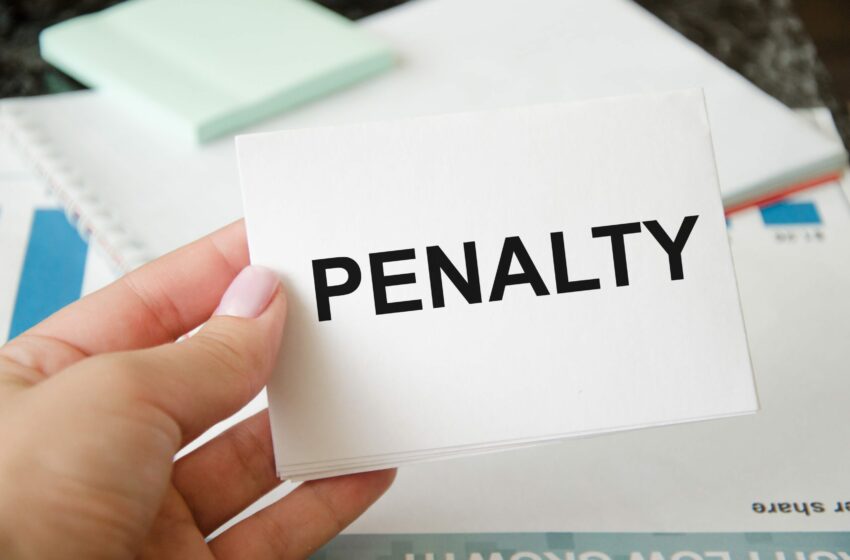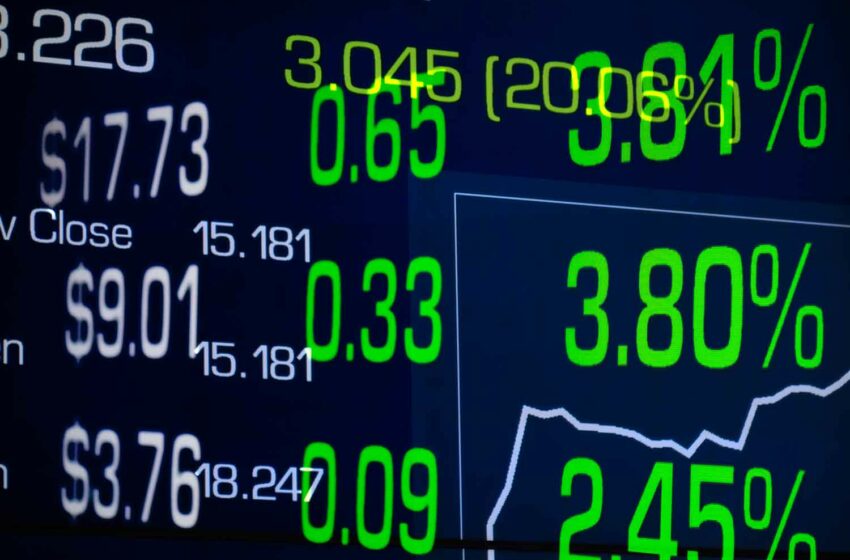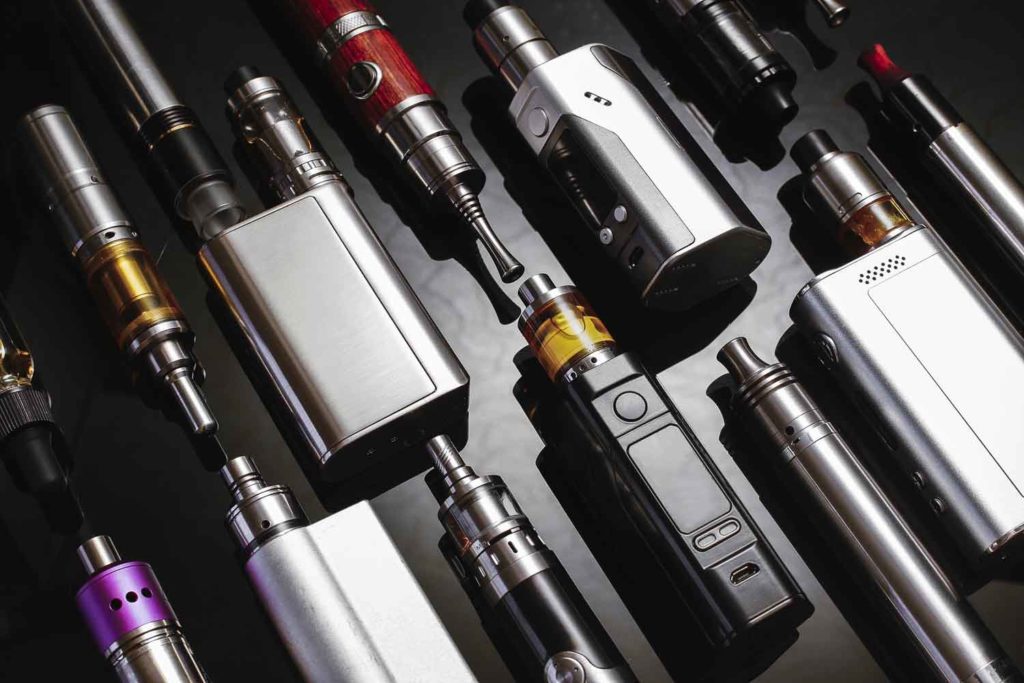
The U.K. vaping industry sounds the alarm over noncompliant products.
By George Gay
Earlier this year, the U.K. Vaping Industry Association (UKVIA) called for “tough action against resellers of noncompliant disposable vape products,” which were said to be on sale widely across the U.K. and online. Indeed, a UKVIA investigation was said to have found that “illegal and counterfeit products” were “flooding into the market,” posing “a potential health risk to customers.” Inappropriately branded products were being purposely marketed toward children, the release said.
The situation is clearly concerning, but care needs to be taken here because it could be lethally counterproductive if reports about the need to combat the problems caused by the arrival of noncompliant disposable vapes were seized upon and used by those opposed generally to the use of vapor products as harm reduction tools proven to help smokers switch from traditional cigarettes to e-cigarettes. It is important to note that there is nothing inherently wrong with the harm reduction credentials of disposable vape products, given that they are registered with the relevant authorities. In fact, such products can act as a handy entry point for those smokers who have yet to make up their minds about the switch to vaping because disposables do not require a significant capital outlay and they are, relative to traditional cigarettes, inexpensive.
But while this is all well and good when it comes to licit products, things start to fall apart when unregistered products become available, though even here it is not necessarily the case that an illicit product will be more risky or less effective than other products. The problem arises because it is not known under what conditions illicit products have been manufactured and because of the way that such products distort the market. In the eyes of consumers who buy unregistered disposables unwittingly, these products do reputational damage to the legitimate industry and the whole concept of harm reduction if they underperform. And the very existence of unregistered disposables causes reputational damage to the legitimate industry in the eyes of society at large.
Add to this the fact that under-enforcing regulations on a strictly regulated market, as is currently happening, puts the suppliers of licit products at a disadvantage to the suppliers of illicit products in respect of such matters as costs and speed to market. To place a vape product on the U.K.’s market, a company is required to have that product tested by independent, qualified companies in respect of requirements laid down by the Medicines and Healthcare Products Regulatory Agency (MHRA). It has to submit a registration application complete with the results of the required tests to the MHRA, which then has up to six months to approve the application, request more information or reject the application—a service for which it charges a fee. No product may be placed on the market until it has been approved and that approval has appeared on the MHRA’s website.
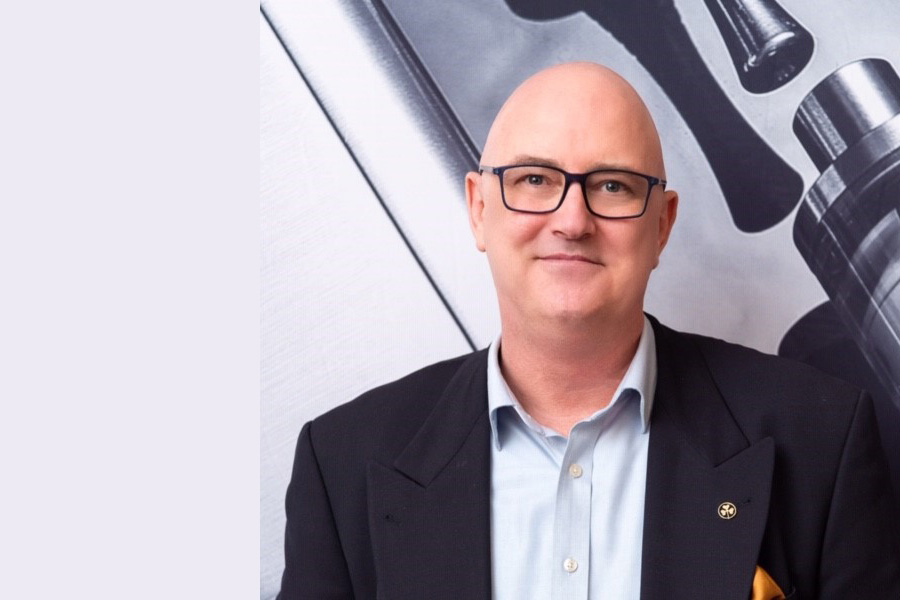
Facilitating Enforcement
It is hardly surprising then that, while the industry welcomes robust, appropriate regulation, it can lead to frustration when a parallel, nonregulated market opens up and grows, as has happened and is happening in the U.K. While the UKVIA can and does monitor the market and call out where illicit products are on sale, it cannot enforce the regulations. And this is why John Dunne, the UKVIA’s director general, said in the press note that his organization was “calling upon regulators and the online marketplaces to robustly enforce current regulations and do much more in order to ‘clean up’ the disposable vapes market.”
At this point, a question arises, and I asked Dunne during a telephone conversation why the regulations were not being enforced robustly. The reality, he said, was that Trading Standards, which is responsible for ensuring businesses are compliant with regulations governing the sale of vape devices and e-liquids, was under-resourced. This is a common problem in austerity in the U.K. and is unlikely to go away given the current government’s policies, so I asked Dunne whether there were ways in which the UKVIA could help ameliorate the situation. “We are trying to work out some creative ways in which, as an industry, we could help,” he said. The industry was considering the provision of funds for further enforcement if resources comprised the issue. And it had offered to provide training to enforcement officers if product knowledge was the issue.
Dunne added that the UKVIA had recently published a one-page comprehensive guidance on the compliant retailing of disposable vape products in the U.K. And one idea that was in the pipeline was the provision by the UKVIA of one-page documents that include the images and information necessary for Trading Standards officers to easily tell a counterfeit product from a legitimate one, at least in respect of high-profile brands.
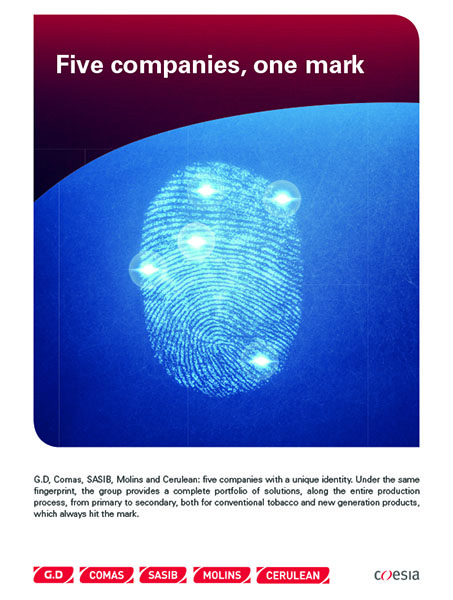
Unfair Competition
One problem is that such initiatives take time to implement, especially given that Trading Standards offices operate independently in the various counties and countries that make up the U.K., and, in the interim, those interested in scamming the system have a relatively free hand.
Another important question that arises concerns the ways in which products appearing on the market are noncompliant: Why haven’t they been registered with the MHRA? There are two basic answers to this question. One is that while the product in question conforms to U.K. regulations, its supplier has not, for whatever reason, put the product through the registration process or because the process has not been completed and the supplier has jumped the gun.
The other answer as to why a product does not conform with the regulations is obviously more problematic. In some cases, it might be an e-liquid’s nicotine strength that makes its sale on the U.K. market illegal. Dunne said that some of the illicit products that had been identified had nicotine strengths two-and-a-half times the maximum allowed in the U.K. and were clearly marked “For sale in the U.S. only.” In the case of others, it was the tank size that broke U.K. market regulations, something that could be determined from the number of puffs that the device was credited with delivering. Yet other products were noncompliant because of failure to meet packaging requirements, which, as is spelled out in the guidance document issued by the UKVIA, are extensive.
On the positive side, Dunne said that none of the e-liquids in the illicit disposables the UKVIA had tested contained any substances that raised concerns, and while some e-liquids were of a higher strength than was permitted, those strengths were as indicated on the packaging.
Nearly all of the noncompliant products originate in China, but then so do nearly all of the compliant products, a geographical monopoly that has at least one advantage. When factories producing counterfeit products are located in China, the authorities act quickly to close them down. There is, after all, no reason to suffer reputational damage as a harborer of counterfeiters when you can sell the genuine product just as easily.
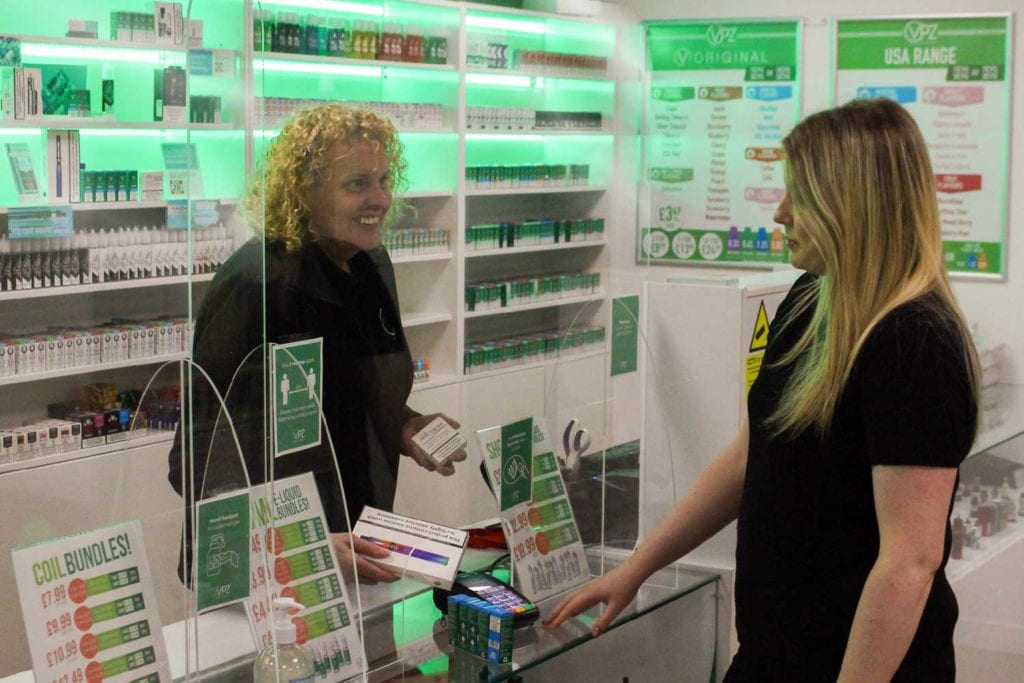
(Photo: VPZ)
Know Your Source
What, for people such as me, is particularly galling about the arrival on the U.K. market by air and by sea of a growing number of illicit vaping products is the fact that this is happening at a time when so many other products are in short supply due, we are told, to Brexit, the Covid-19 pandemic, the Suez snafu and a lack of lorry drivers—when water companies are unable to access all the chemicals they need for treating sewage.
But while illicit disposables arrive with near-impunity, once in the country, it should be another matter. Dunne said it should be possible to identify how counterfeit products were getting through the distribution system because all the manufacturers were supposed to be able to track their products from manufacture through to the consumer. So if they were doing things correctly, it should be possible to take a picture of a pack code and send it to the apparent factory of manufacture for verification or not. That is the theory. In reality, the system is so far not operating fully, so there is room for improvement.
In any case, while the information garnered from such systems can be used to good effect in examining the workings of distribution channels and, in retrospect it has to be said, tighten them up, they do little directly for the consumer. For a consumer to discover, post-purchase, that a product is a fake or not registered merely leaves her in the position of having to decide whether she takes the unknown risk of consuming the product or takes the financial hit of throwing it away. It takes only a few seconds’ thought to realize that this situation is not in the interests of consumers or the industry.
There are, however, some basic precautions that consumers can take to protect themselves. “The advice I always give is that you should buy from a reputable source,” said Dunne. “You buy from your local vape store whose business it is. They know these devices; they know where they come from. And for the most part, they sell only products that are registered correctly or that come from a known supplier.”
Even so, vapers can be misled, especially, for instance, when they buy online. Dunne said he had contacted a number of platforms, including eBay and Amazon, neither of which, to his way of thinking, controlled the vape products displayed on their websites robustly enough. Amazon claimed it didn’t sell any products that contained nicotine, he said, but during the morning of the day I spoke to him, he had quickly identified 10 different high-capacity vape devices on offer on the platform, all of which contained nicotine. Some of them were displayed under a headline that indicated “No nicotine,” yet nicotine strengths could be seen on the pictures of the products. “So,” he said, “my question to Amazon is: How are you policing the products that are being put on your site? Some of these devices are not sold nicotine-free anywhere in the world.”
Finally, picking up on a part of the press note in which it was said that disposables had a major role to play in the vape market, I asked whether it wasn’t the case that they also comprised a potential environmental problem. Dunne readily admitted that this was a concern for the industry. “And that is one of the reasons why the association as well as several manufacturers are looking at how these products can be recycled,” he said. “If we can find recyclers here in the U.K. that can deal with volume, there is an appetite within the industry to set up some sort of pick-up and recycle program.”











